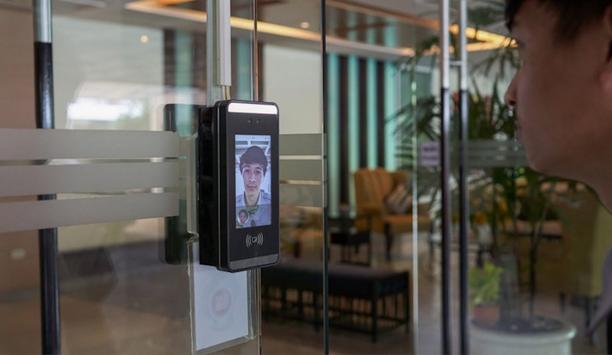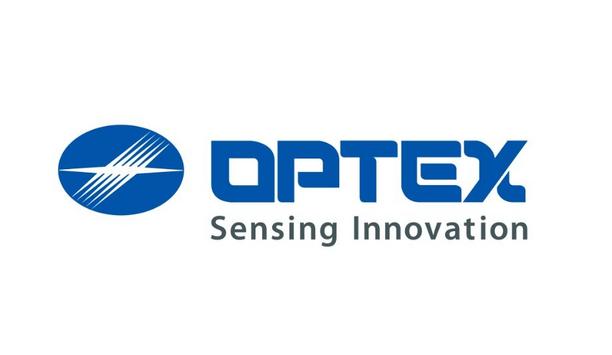OPTEX REDSCAN laser detection technology is at the heart of a new system developed and delivered in the UK by Tew Plus, a system integrator, to enhance the safety of more than 400 level crossings from Scotland to the South Coast.
Incorporates the LIDAR
Following nearly two years of testing, Tew Plus achieved full Network Rail Product Approval for its Level Crossing Obstacle Detector (LIDAR) using the OPTEX REDSCAN as the core detection element. The complete MCB-OD Level Crossings solution incorporates the LIDAR as the Complementary Obstacle Detector (COD) working alongside RADAR and CCTV surveillance equipment.
While the RADAR system is used to detect vehicles or large objects that can cause damage to the train and endanger the safety of its passengers, the LIDAR system is designed to protect pedestrians or cyclists who could be trapped between the barriers. The system is sensitive enough to detect a nine year-old child standing, laying upon or crossing the track.
Fully automated system
The signalling system tells the LIDAR system when the Level Crossing is active, and the detection system scans the crossing area within the barriers accordingly. If the crossing is clear, the signal turns green and the train can go through safely. If an object is detected, then the barriers are raised to enable that object (a vehicle or pedestrian) to leave the area before allowing the train to pass.
The system is fully automated: if the object is static and the system has gone through three cycles a message can be sent to the train driver to proceed with caution at no more than 5 mph to determine what it is obstructing the track. Furthermore safety integrity level (SIL) 3 trials are underway in mainland Europe that will enable the LIDAR to become the primary obstacle detector approved to SIL 3 rating.
So far more than 60 of the Tew Plus-designed LIDAR systems have been installed and a further 80 have been sold to Network Rail. The solution is to be rolled out to more than 400 level crossings over the next five years.

















